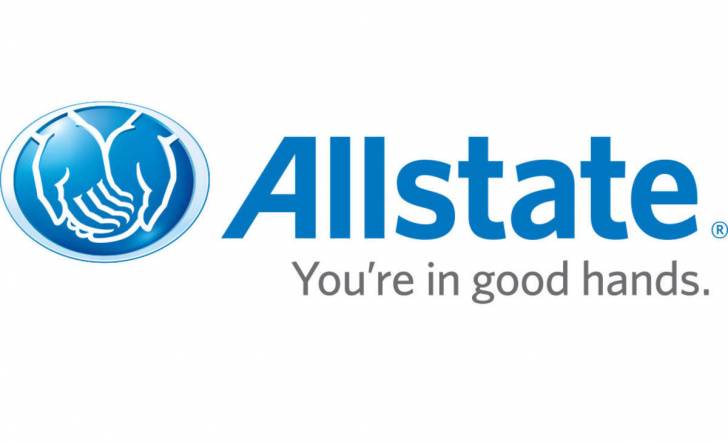by Adam Schor, CFA, Janus Capital Group
As U.S. stocks rally through the first three months of the year, price-to-earnings multiples have expanded. The S&P 500 trades at 18 times 2017 earnings, one of its highest levels in seven years. Another popular metric, the cyclically adjusted price-to-earnings (CAPE) ratio, looks even loftier. The CAPE ratio compares equity prices against average earnings over a trailing ten-year period, adjusted for inflation. Using that measure, the S&P 500 now trades at 29, a level not seen in more than a decade and well above the index’s long-term average of nearly 17.
Should investors be worried?
We’d argue that although stocks are not necessarily cheap, today’s high valuations could be misleading, especially when considering the CAPE ratio:
- Inflation-adjusted, or real, earnings have been depressed. Although the CAPE ratio is meant to smooth out fluctuations in profits, the last ten years saw an unusually large drop in earnings. That was due to the huge losses companies logged during the financial crisis, as well as to changes in how earnings are reported. Both events led to unusually depressed profits during the In fact, in a recent paper, Jeremy Siegel, a finance professor at the Wharton School of the University of Pennsylvania, notes that prior to 2008, the historical earnings data used to calculate the CAPE ratio never once included a quarter of earnings losses, including during the Great Depression. So the CAPE ratio could look artificially elevated relative to its long-term average.
- Interest rates and inflation remain Although the Federal Reserve (Fed) is starting to lift interest rates, bond yields remain low and have a long way to go before reaching their historical average. Mr. Siegel, for example, notes that from 1871 to 2014, the average real return on U.S. Treasury bonds was 2.95%. (The CAPE ratio is calculated going back as far as 1871.) In January 2015, however, the real return on ten-year Treasury inflation-protected securities (TIPS) was only 0.5%. In a low-yielding environment such as today, investors are willing to pay up for equities. Similarly, when inflation is minimal, investors flock to firms that can manage to lift prices and deliver earnings growth. After the financial crisis, real earnings in the S&P 500 regularly expanded year-over-year at double-digit rates, while inflation was subdued.
- Earnings growth could surprise to the With stock multiples moving higher, we believe profit growth is critical for future stock returns. The Trump administration’s pledge to lower tax rates, minimize regulation and increase infrastructure spending could go a long way toward facilitating that growth. If the administration is able to carry out its agenda, corporate profits could surprise to the upside, making today’s stock valuations look more attractive. Investor confidence could also improve, potentially lowering the equity risk premium, the additional return that investors demand over Treasurys.
So what does all of that mean for stocks? In our opinion, it means equities could continue to rally for a while longer, even at today’s seemingly high valuations. We remain optimistic about such a scenario, given the Trump administration’s pro-growth agenda. However, as we’ve seen from the debate over health care in Congress and the market’s recent pullback – the S&P 500 lost 1.2% on March 21, its
Biggest one-day drop in more than five months – the path forward depends on the administration’s ability to execute on its promises and is susceptible to volatility. With that in mind, we continue to be focused on finding companies that can expand earnings or invest in their businesses no matter what the outcome in Washington, D.C. Innovation, for example, is helping firms across sectors revolutionize their respective industries and gain market share. These types of companies give us confidence for the long term.
For more views on equities, visit the Janus Ski Report, our quarterly equity outlook.
Copyright © Janus Capital Group














